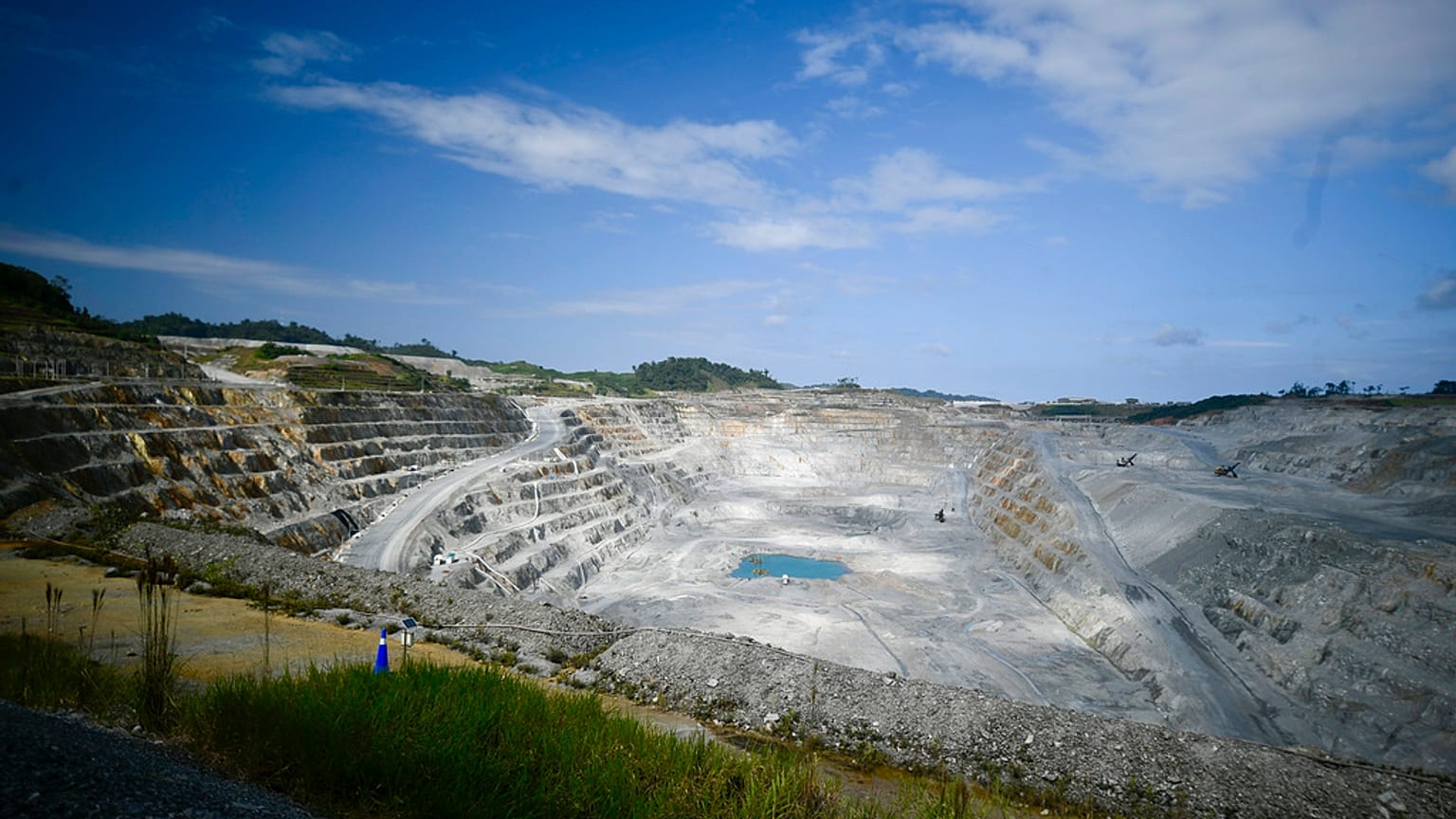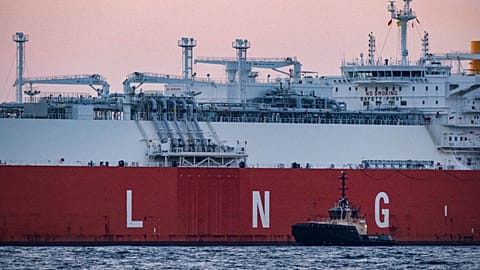Supply fears and soaring demand have both contributed to surging copper prices, which is also considered an indicator of overall economic health.
Copper prices jumped to their highest in 15 months in April, touching $4.3 (€4.01) per pound, before settling at $4.2 per pound on Thursday morning. This was a weekly rise of 1.61% and a monthly increase of 9.05%.
This is mainly due to worries about lower supply, as well as steadily increasing demand. Chinese smelters are the key reason why copper supply is quite drastically reduced at the moment, as several smelters cut production. Furthermore, upcoming regulation could potentially see Chinese smelters slashing output by up to 10% in 2024.
Tightening availability of key copper ore because of mine issues has meant thinner refining fees for several smelters and copper treatment factories, which has gone a long way in cutting production.
On the other hand, demand is also expected to rise dramatically from Europe and the US, due to these countries potentially seeing an upswing in economic and industrial recovery, following several months of dampened activity.
Furthermore, the green transition is also significantly fuelling copper demand at the moment, with copper being a key component in electric vehicles, renewable energy infrastructure, such as solar panels and energy storage facilities.
This increase in demand, as well as decreasing supply could very well push the copper sector into deficit further down the year. Copper is also seen as an indicator for the overall economic health of a country, hence soaring copper prices could very well mean good news for economies.
Copper mine troubles choking supply
Copper mines across the globe have been struggling significantly in the last few months. This is especially true for Zambian copper mines, which are vital to the country’s economy, providing up to 70% of export earnings.
However, some of its most prominent copper mines, the Konkola copper mines, owned by Indian mining company Vedanta Resources, have been entangled in a legal and taxation dispute for the last few years. This is mainly due to the Zambian government accusing Vedanta Resources of exaggerating about expansion plans and not paying enough tax.
Naturally, this has led to supply woes, with Zambian copper production suffering greatly in 2023.
Similarly, another key copper mine in Panama, the Cobre Panama mine, owned by First Quantum Minerals, was recently shut down due to environmental and biodiversity issues. Located in a jungle in Panama, locals and environmentalists were especially concerned about water supply contamination from the mining operations.
Copper mines in South America, such as Chilean and Peruvian ones are also seeing a myriad of issues, ranging from less output, to tax hikes, social unrest and environmental concerns, especially in the ecologically sensitive Atacama Desert.
At the end of last year, mining giant Anglo American also slashed its copper output guidance for 2024, to somewhere between 730,000 to 790,000 tons, which was a massive step down from the approximately 1 million tons expected earlier. However, the company left this guidance unchanged in February 2024.
Will the copper rally be sustained?
Although copper prices are rising at the moment, speculation about how long this rally will last still persist. This is because, at the heart of it, copper prices move in a very cyclical fashion, mainly due to the amount of time it takes for a mine to reach the production state, which can sometimes take as long as 10 years.
As such, during the waiting phase, there is a bit of lag in supply, and prices may soar accordingly. However, once a number of mines reach the production stage, supply may jump again, all of a sudden, leading to depressed prices.
Colin Hamilton, commodities analyst at BMO Capital Markets said, as reported by CNBC, “Commodity markets always self-solve. They always find ways of softening things out.
“If we can’t solve from the supply side, well guess what, we’ll hurt demand and that’s what inflation naturally does. That’s why we had underperformance for much of the past year.
“So if copper gets, say to, four times the aluminium price, you would tend to see a bit of switching and substitution. I see some very high copper price targets out there: we could reach them temporarily, but then you would see demand adjusting in key areas.”


















